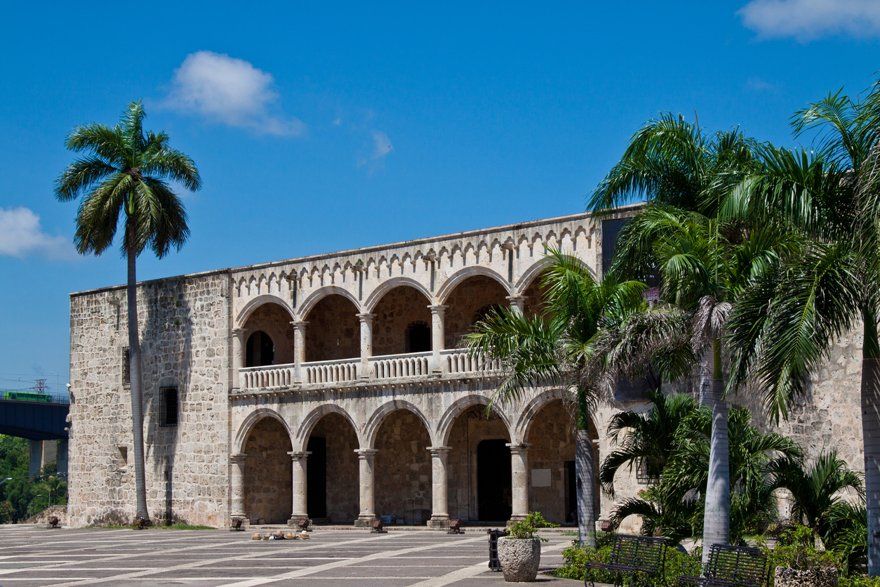
18 Jul VISITING SANTO DOMINGO
VISITING SANTO DOMINGO
Punta Cana is a paradise that draws you in and invites you spend a lifetime surrounded by its crystal-clear waters and its kilometre-long beaches of fine white sand. But the island of the Dominican Republic is overflowing with cultural wealth and has many other destinations worth visiting in addition to its beaches.
One of the most popular attractions on the island is undoubtedly its capital. If you are considering the option of visiting Santo Domingo, you should consider this useful information and recommendations on what to do in the country’s multicultural capital.
From Punta Cana to Santo Domingo: distance and transportation
The capital of the Dominican Republic is located on the south coast of the island, right on the Caribbean Sea, at the mouth of the Ozama River. The city has more than 4 million inhabitants and receives one million international visitors a year, which makes it very attractive and dynamic for exploring with family and friends.
Santo Domingo is a very accessible and well-connected city from Punta Cana. Taking Playa Bávaro as a reference, recognised as one of the most exclusive beaches on the entire Costa del Coco, there is a distance of approximately 200 kilometres that separates the two. A journey that can be done by road in about two and a half hours.
The recommended type of transportation often chosen by tourists is a bus, which guarantees a safe and direct trip to the colonial area of Santo Domingo, the oldest urban area in the capital.
What to see in Santo Domingo
The capital of the Dominican Republic is home to numerous monuments and hidden spots that will allow you to soak up the traditions and culture of the country. It is one of the main attractions on the island and it’s a great place to visit with family and groups of friends. Today we’ll tell you what to see in Santo Domingo, the Dominican capital.
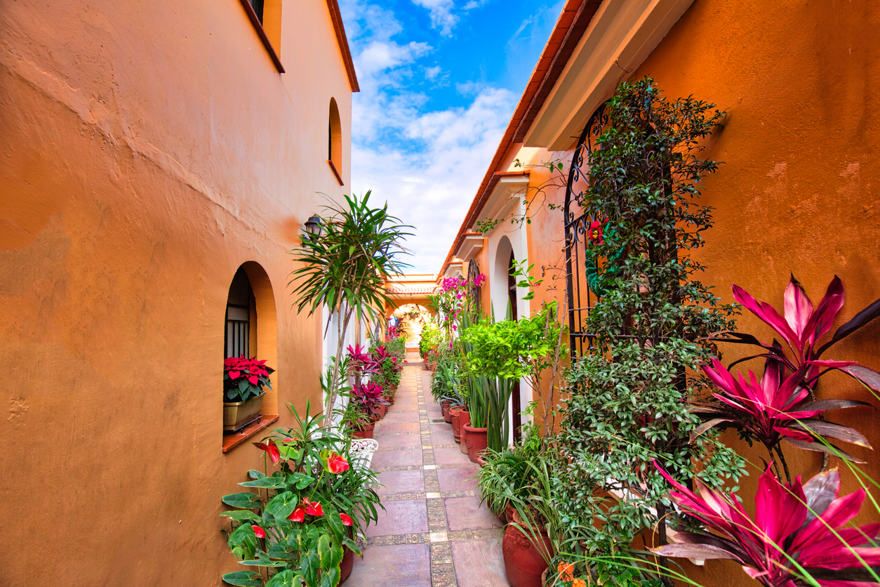
HISTORIC QUARTER OF SANTO DOMINGO
Strolling through the colonial area and the historic quarter of Santo Domingo is one of the greatest pleasures that the island’s capital offers. Exploring its streets and hidden spots full of history will undoubtedly be one of the experiences that will be impossible to forget.
This central area known as the Colonial City has been recognised as a UNESCO World Heritage Site and is an exquisite sample of colonial culture and architecture. During your trip, you can’t miss the Calle de las Damas, one of the most touristy walking areas due to how old and important it is. Here you can find some of the most representative colonial constructions.
The Cathedral of Santo Domingo is also notable for being the first cathedral to be built in America. In a Gothic style, it continues to celebrate mass and other religious events. It is free to visit and inside it houses many incredibly valuable works of art.
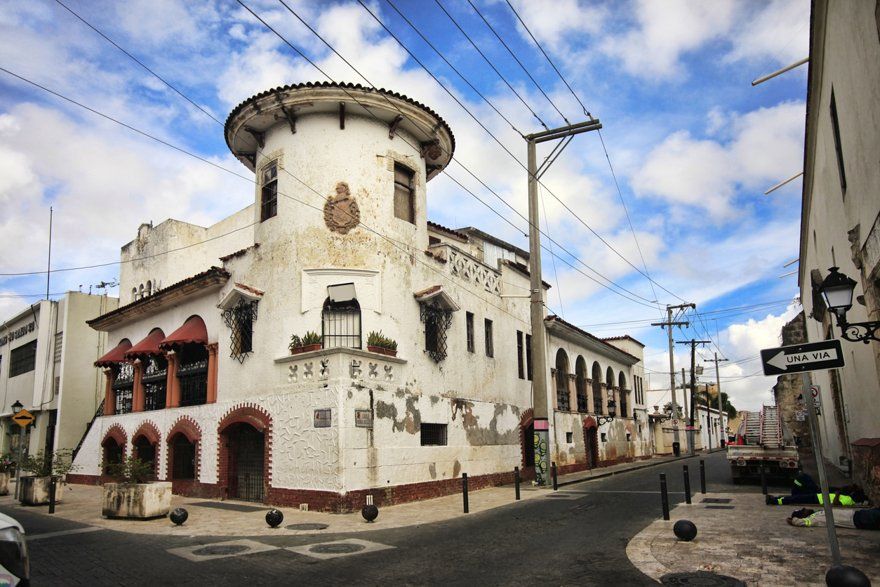
Other attractions in the capital’s historic quarter are the Puerta del Conde, the Alcázar de Colón or Parque Colón, which usually puts on cultural activities and other types of entertainment to enjoy with family and friends.
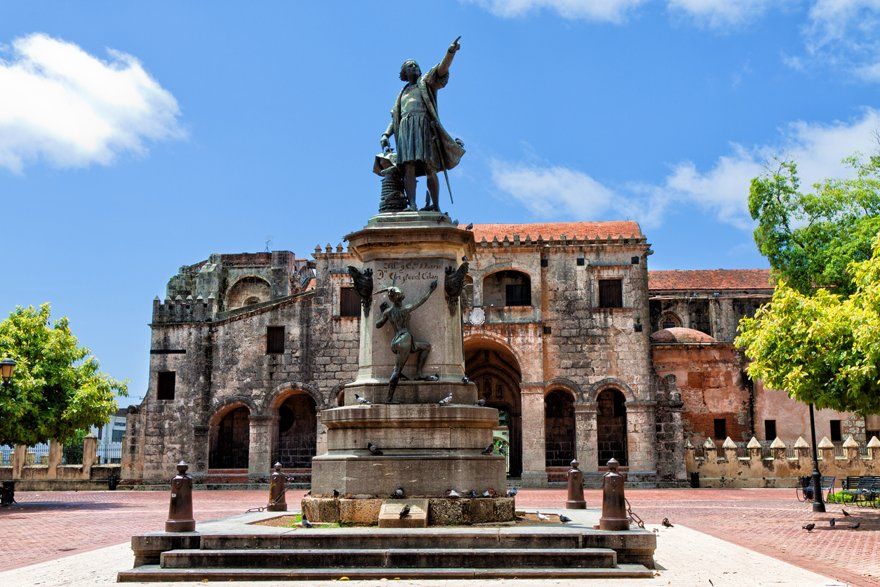
MALECÓN DE SANTO DOMINGO
The Malecón de Santo Domingo is a seafront promenade that spans a total of 14 kilometres along the Caribbean Sea. You should spend some time walking along a section of it, a great way of disconnecting from the hustle and bustle of the city centre and from where you can enjoy breathtaking views and the fresh Caribbean breeze.
When visiting Santo Domingo, it’s a good idea to check with your hotel in Punta Cana to see if your trip coincides with any special event or festival, which are usually held on the Malecón, such as the Merengue Festival that is held every year in July.
If you’re thinking of going on a trip to visit Santo Domingo, don’t forget to discover these recommended attractions in the Dominican capital.
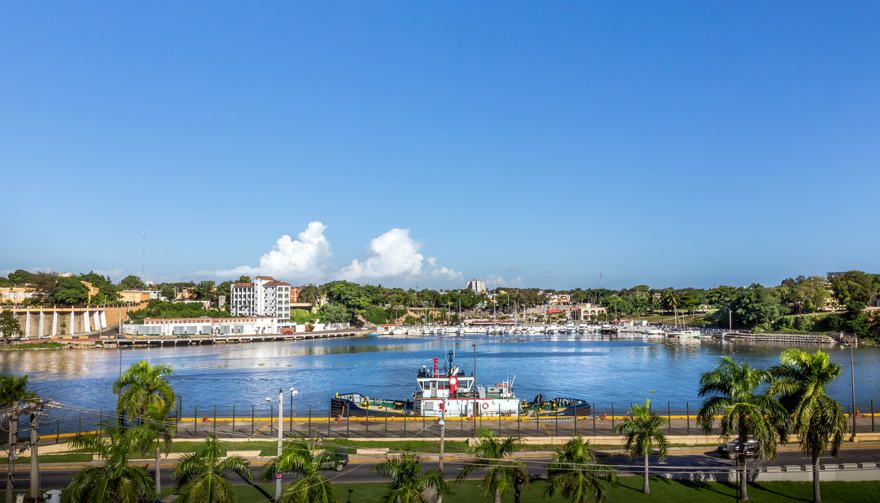
What to eat in Santo Domingo
One of the highlights of the Dominican Republic is the food, which is so exotic and unique that it manages to please all kinds of visitors. Its typical dishes are the best example of Creole cuisine, the result of a mix between Spanish, African and Taino influences.
The national dish is called the Bandera Dominicana (“Dominican flag”), a meal that you shouldn’t miss when visiting the country’s capital and that will allow you to connect with the most traditional Dominican flavours with the very first bite.
With a combination of rice and beans, stewed meat, fried green plantains and salad, it is a true delicacy that can be served with a freshly squeezed juice. The fusion of exotic flavours will allow you to experience the roots of Creole cuisine.
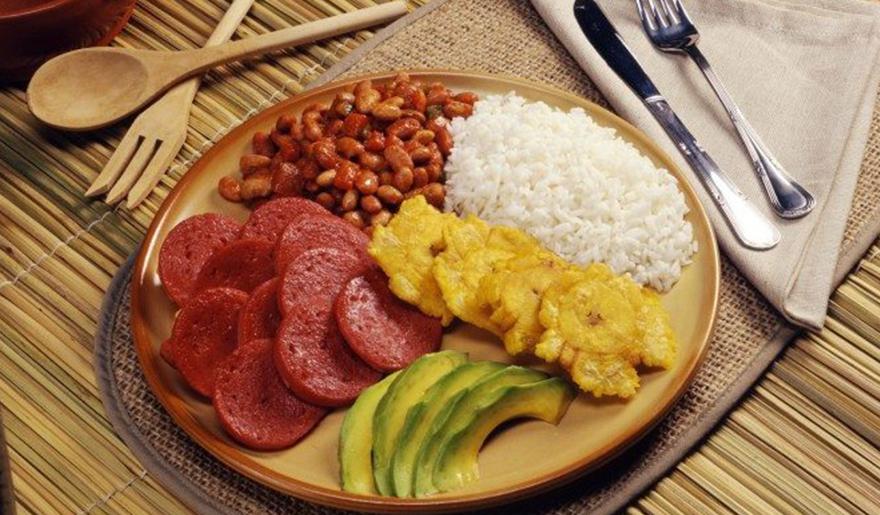
How to experience Dominican music
If there’s one thing that you just have to experience during your visit to Santo Domingo, it’s music. This universal language is an integral part of the culture that can be felt in any home, terrace or street in the Dominican Republic, drawing in each and every visitor with its unique sounds.
The country’s typical instruments and sounds come from West Africa and Europe, and there are two major genres that dominate the musical culture: merengue and bachata. Along with these two well-known styles, there are also many other dances and folk music that change depending on which part of the country we find ourselves in.
In order to promote people’s knowledge of local folklore, the Folklore Ballet of the Ministry of Tourism puts on a free weekly performance. Here, you’ll discover the rhythms of the Dominican Republic and get an overview of its history, context and evolution from expert historians.
There is only one thing you need to do to experience the music of the Dominican Republic and become familiar with its rhythms: go out and explore the streets.
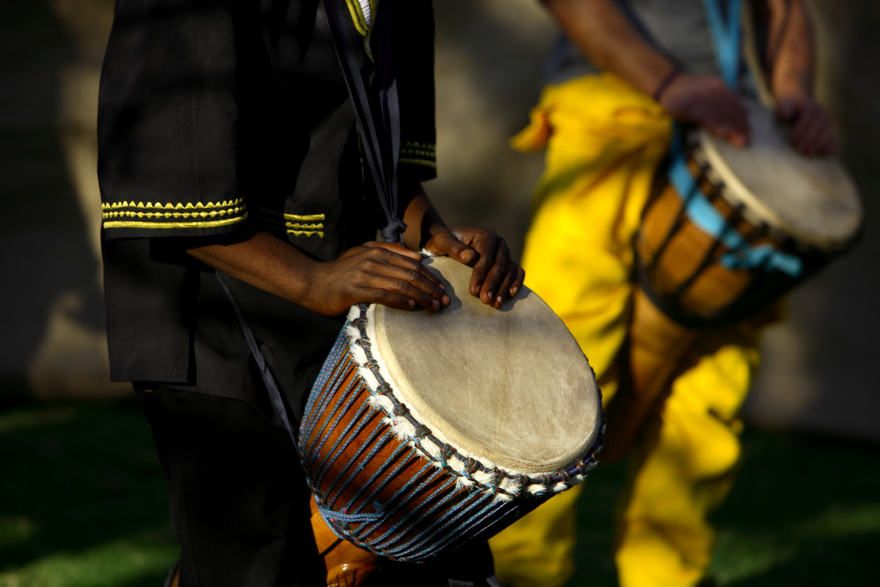
When will you come and explore the capital of the Dominican Republic?



No Comments